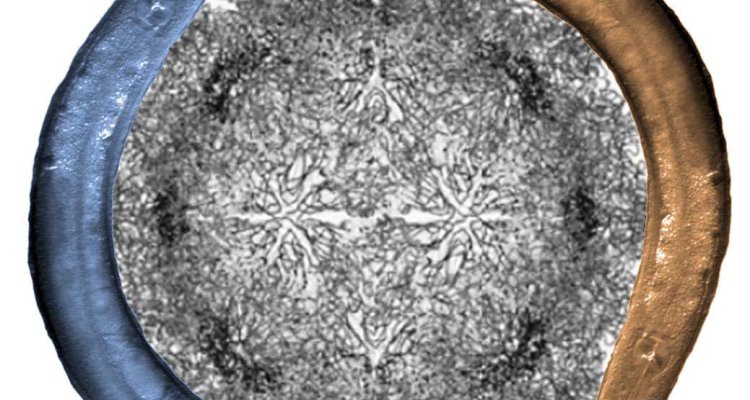
Project
Project: The transcriptional architecture of nematode-virus interactions in natural C. elegans populations
Soil-related nematodes play an important role in maintaining biodiversity. But surprisingly little is known about how natural pathogens affect nematode populations. Only recently was the first natural virus (coined the Orsay virus) discovered affecting natural populations of the nematode Caenorhabditis elegans. The virus replicates in the intestinal cells and affects reproductive timing.
By affecting this trait, the Orsay virus might cause a fitness reduction and therefore impose selection on the infected populations. In general, two distinct adaptive responses can be favoured: a phenotypic plastic response and an evolutionary response. In case of a phenotypic plastic response, adaptation is thus determined at the transcriptome or proteome level. In case of an evolutionary response, adaptation to the virus is manifested at the genomic DNA level within the population.
This project aims to dissect the interactions between natural C. elegans populations and the Orsay virus by investigating genome-wide gene transcription regulation and associated polymorphic loci. Using RNA-sequencing in a newly generated state-of-the-art segregating population derived from four parental strains taken from the wild, we will study the plastic response to Orsay virus infection and identify novel gene expression regulators (expression-QTL or eQTL) and their interactions involved in dealing with virus attacks. The work will be focused on the identification and characterization of polymorphic genes underlying the QTLs."